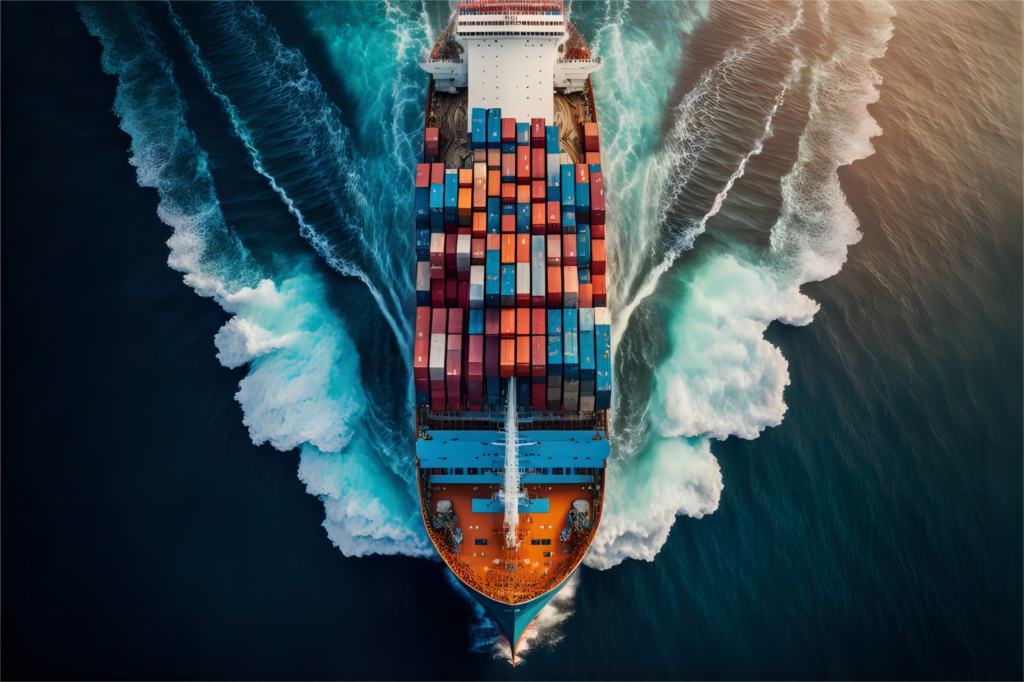- By TOP CHINA FREIGHT
- July 16, 2025
- Shipping
The Role of Ocean Shipping in singapore Supply Chains?
With over 60% of global trade transported by sea, ocean freight remains the backbone of international logistics—and it’s especially critical for companies importing from china to singapore. Whether you’re shipping full containers, pallets, or smaller loads, ocean freight offers unmatched capacity, affordability, and versatility.

1. Cost-Effective for Bulk Cargo
Ocean freight is by far the most economical shipping method for large-volume or heavy goods. While air freight may deliver faster, its cost per kilogram is significantly higher. Ocean freight allows businesses to maximize shipping volume while keeping logistics budgets under control.
Typical cost ranges :
2. Flexible Container Options
Whether you’re a small business or an enterprise, ocean shipping offers solutions tailored to your needs:
- FCL (Full Container Load): Exclusive use of a 20ft or 40ft container for bulk or high-volume cargo.
- LCL (Less-than-Container Load): Share a container and pay only for the space you use—ideal for smaller shipments.
- Reefer, Open-Top, Flat Rack Containers: For special goods like perishables, oversized machinery, or sensitive equipment.
3. Extensive Port Coverage
| Segment | Details |
|---|---|
| Origin Ports (China) | Shanghai, Ningbo, Shenzhen, Guangzhou, Xiamen, Qingdao, Tianjin |
| Sea Passage | 1. East China Sea 2. Taiwan Strait 3. South China Sea 4. Singapore Strait |
| Destination Port | Port of Singapore |
| Transit Time (Est.) | Shanghai: 5–7 days Shenzhen: 3–5 days Qingdao: 7–10 days |
| Shipping Mode | FCL (Full Container Load), LCL (Less than Container Load), Breakbulk |
| Typical Cargo | Machinery, electronics, consumer goods, raw materials |
| Common Carriers | Maersk, MSC, COSCO, CMA CGM, Evergreen, ONE, Hapag-Lloyd |
| Strategic Significance | Major trade route for Asia–Europe & Asia–Southeast Asia logistics |
4. End-to-End Logistics Support
Shipping goods from China to Singapore involves more than just booking ocean freight — it requires seamless coordination across every stage of the supply chain. That’s where end-to-end logistics support comes in.
| Logistics Stage | Services Included |
|---|---|
| 1. Supplier Coordination | Pickup from Chinese factory, inspection, export packaging, coordination with forwarder |
| 2. Inland Transport (China) | Trucking to departure port (e.g., Shanghai, Shenzhen, Ningbo) |
| 3. Export Customs Clearance | Document preparation, declaration filing, export duties (if applicable) |
| 4. Ocean Freight Booking | FCL/LCL reservation, carrier selection, sailing schedule management |
| 5. Port Handling & Loading | Container loading, port terminal handling, bill of lading issuance |
| 6. Sea Transit | Real-time shipment tracking, vessel monitoring |
| 7. Import Customs in Singapore | Permit filing, customs duty/tax handling, clearance support |
| 8. Last-Mile Delivery | Unloading, warehousing (if needed), delivery to final destination in Singapore |
5. Sustainable & Scalable Shipping
Ocean shipping is significantly more energy-efficient than air freight, making it the more environmentally responsible choice. For businesses aiming to lower their carbon footprint while still moving large volumes, sea freight is the most sustainable solution.
And thanks to increasing automation at ports and smart logistics systems, ocean shipping is now faster and more flexible than ever before.
Need a Shipping Quote?
Click below to get a free, no-obligation quote from TJ China Freight.
We’ll respond within 24 hours with the best shipping options for your cargo.
FAQ
Are there any import taxes or duties when shipping to Singapore?
Singapore is a duty-free port for most goods, but Goods and Services Tax (GST) of 9% (as of 2024) applies on the CIF (Cost + Insurance + Freight) value. Some restricted goods may require licenses.
Do I need a freight forwarder?
While not mandatory, using a freight forwarder is highly recommended. They manage bookings, documentation, customs clearance, and coordination between carriers and port authorities—saving time and reducing risk.
Can I track my ocean shipment?
Yes. Most freight forwarders and carriers offer real-time shipment tracking through an online portal or email updates. You’ll also receive container and vessel details to monitor progress.
